
The creation of the Walt Disney World Resort remains one of the most impressive features of engineering, construction and artistry ever attempted. Whether or not you are a fan of Disney's brand of entertainment, you can't help but be impressed by the sheer scale of what the company pulled off - managing to transform 25,000 barren acres of Florida swampland into the world's most popular theme park resort. It was Walt Disney who hoped to establish a mega-resort in Central Florida, but it was his successors at the company that actually managed to pull it off. They may not have followed through on Walt's dream to build an experimental, futuristic city - but what did they succeed in accomplishing is arguably just as impressive. It's impossible to cover the entire creation of Walt Disney World in a single article. Indeed, there are whole books decidated to the subject that barely scratch the surface. But, still, we can get an impression of the scale of the task by looking at 30 of the key steps that were taken during the design and construction process (some of which, of course, took place concurrently).
1. Searching for a location
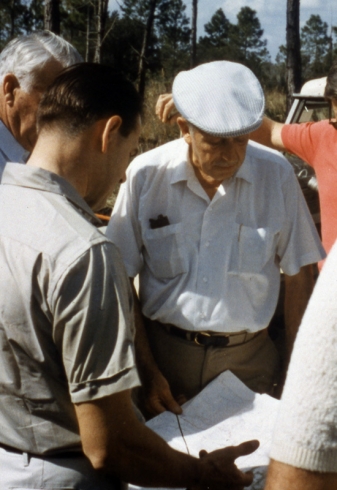
The success of Disneyland following its debut in 1955 inevitably led to calls for Disney to open a second theme park elsewhere. Hundreds of suitors approached the company with proposals to construct a Disneyland in their region, with Walt once saying: "We had them from all over. Even from all over the world. They wanted us to do one in Egypt. They wanted us to do one in Japan. They wanted us to do one in Brazil - at the capital there." These proposals received short shrift from Walt, who hated to repeat himself and was completely uninterested in cloning Disneyland elsewhere. Eventually, after the success of the attractions that Disney designed for the New York World's Fair in 1964/65, Walt was convinced that a second park couldwork on the East Coast (although he hoped to build much more than just a theme park). He entered (and exited) talks about various potential locations, including New York and Palm Beach, Florida. Following a flight from New Orleans to Burbank, California on November 22, 1963, Walt Disney declared: "Well, that's the place - Florida." On the same day, President John F. Kennedy was assassinated. Several further visits to the state followed as Walt hunted for the perfect site, eventually settling on a huge plot near Orlando.
2. Buying the land
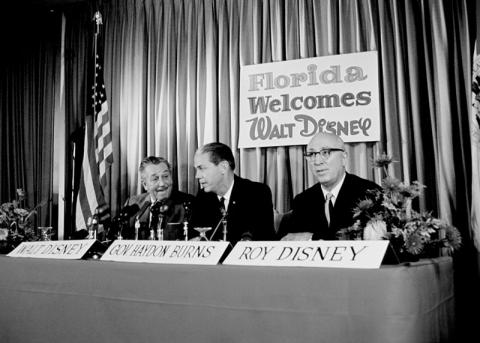
If Disney simply steamed in announced plans to buy tens of thousands of acres in Central Florida, the price would have sky-rocketed. Instead, the company set up a number of front firms, using these to buy the land at much lower prices than would otherwise have been possible. Disney managed to acquire some 27,443 acres, eventually being outed as the firm behind the transcations by an Orlando Sentinel reporter. A press conference was held with Walt Disney, Roy Disney and Governor Hayden Burns on November 15, 1965 to confirm plans for a new theme park near Orlando.
3. The death of Walt Disney...
On December 15, 1966, Walt Disney passed away. His brother Roy Disney, who had been hoping to retire, decided to stay on and complete the construction of the Florida resort in his honor - renaming it from "Disney World" to "Walt Disney World".
4. ...and his EPCOT dream
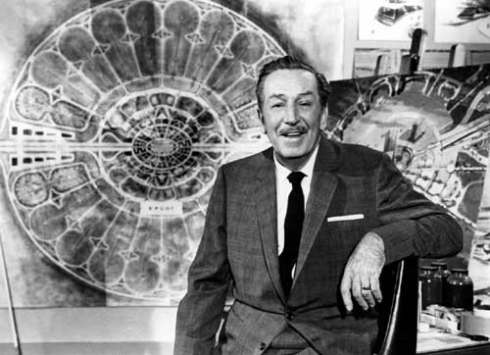
In a video recorded less than two months before his death, Walt Disney described his plans for the Florida project. As well as a second Disneyland-style theme park, a key element was to be the Experimental Prototype Community of Tomorrow (EPCOT), a working city in which future technologies would be developed and tested. The film was shown to members of the Florida legislature at the Park East Theatre in Winter Haven on February 2, 1967. However, Roy parked plans for EPCOT indefinitely, choosing instead to focus on building the Magic Kingdom theme park and surrounding hotels first. He was able to secure legislation that granted Disney the right to effectively set up its own government, the Reedy Creek Improvement District, ensuring that construction could proceed largely unhindered by bureaucracy.
5. Draining the land
Walt Disney World is located on acre after acre of wet, boggy swampland. When construction began in April 1969, the Reedy Creek Improvement District's initial challenge was how to make this land suitable for a gigantic theme park resort without utterly destroying the local environment. As Central Florida essentially floats on fresh water, any drainage systems implemented at Walt Disney World could potentially have an impact elsewhere. To manage the issue, more than 50 miles of canals and levees were constructed. Watergates help to control levels by floating open when the water reaches certain levels, and closing again when they subside. The canals are designed to look like natural streams, curving through the landscape rather than flowing down a straight channel.
6. Creating the Seven Seas Lagoon
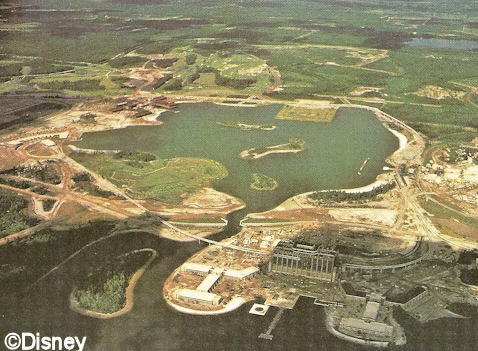
When Disney acquired the property, the only natural body of water was the dirty, ugly Bay Lake. Early on, it was decided to build a man-made lagoon next to it, creating an attractive place for water recreation right in front of the Magic Kingdom. More than seven million cubic yards of earth were dug up to create the lagoon. Bay Lake itself was not to be abandoned, however. It was drained using massive pumps, with the unsightly layer of mud at the bottom then being scooped out. Underneath it, Disney discovered pristine white sand, which was used to line four-and-a-half miles of beaches around the Seven Seas Lagoon, before the lagoon and Bay Lake were refilled with water and stocked with tens of thousands of fish.
7. Building the Utilidors
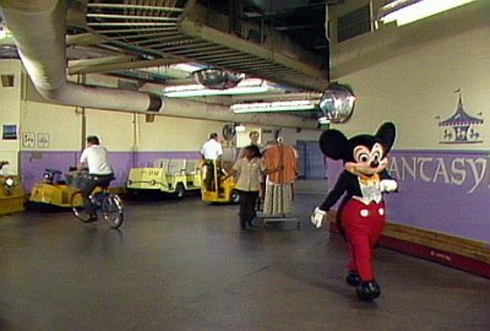 Walt Disney planned to locate many of the roads and utilities at EPCOT below ground, to avoid its residents having to deal with typical urban problems such as traffic and smog. After Walt died, Disney incorporated elements of EPCOT into the design of Walt Disney World - including the creation of the utilidors at the Magic Kingdom. The utilidors were among the first elements of the park to be constructed, and are actually located at ground level (placing them lower would have caused many issues, due to the water table in the Orlando region). They were covered over using the seven million cubic yards of earth that was excavated during the creation of the Seven Seas Lagoon. The underground tunnels cover an incredible 392,040 square feet.
Walt Disney planned to locate many of the roads and utilities at EPCOT below ground, to avoid its residents having to deal with typical urban problems such as traffic and smog. After Walt died, Disney incorporated elements of EPCOT into the design of Walt Disney World - including the creation of the utilidors at the Magic Kingdom. The utilidors were among the first elements of the park to be constructed, and are actually located at ground level (placing them lower would have caused many issues, due to the water table in the Orlando region). They were covered over using the seven million cubic yards of earth that was excavated during the creation of the Seven Seas Lagoon. The underground tunnels cover an incredible 392,040 square feet.
8. Installing utilities
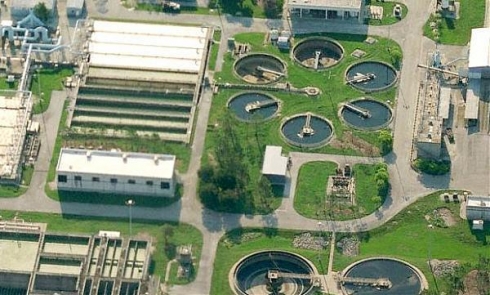
The Reedy Creek Improvement District was responsible for installing and maintaining many of the essential utilities required to run a resort on Walt Disney World's scale. This includes water, gas, power and trash-handling facilities. The district installed its own gas-fired power plant, which still supplies 25 percent of the resort's needs. A huge transmission system was installed, including hundreds of miles of underground cables. It also built an enormous wastewater tratment plant, which is so effective that the resulting water is actually safe to drink. Instead of serving it up to customers, Disney instead opted to use it to irrigate landscaped areas, such as lawns and flowerbeds.
9. Establishing the nursery and tree farm
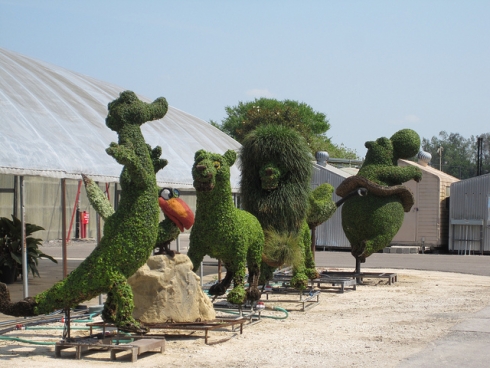
Landscaping the resort would be a major challenge, given Florida's hot and humid climate. A few miles away from the wastewater treatment plant, Disney built a nursery and tree farm. It then began to import plant species from all over the world, testing which could and couldn't adapt. Some species required three years of acclimation to the Florida soil before being planted "on-stage".
10. Installing monitoring systems
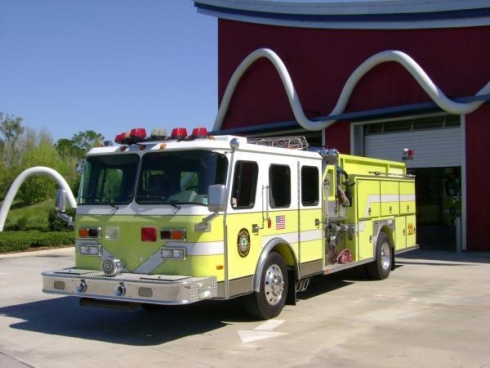
Image: Wikimapia
Walt Disney World was designed to be on the cutting-edge of technology, just as Walt had envisioned. One element of this was the advanced computer system that was installed in the power plant to monitor the distribution of power across the resort, which was capable of diagnosing problems in the Magic Kingdom or hotels. A second monitoring system was designed to detect smoke, fire or floods, with thousands of monitoring points around the property and the ability to automatically alert response teams.

Add new comment